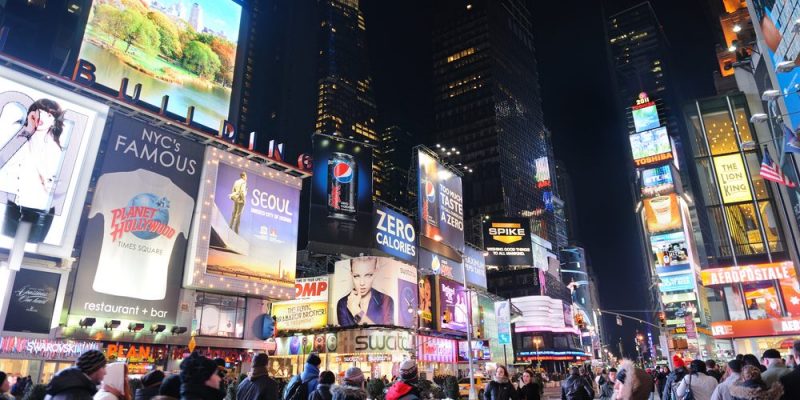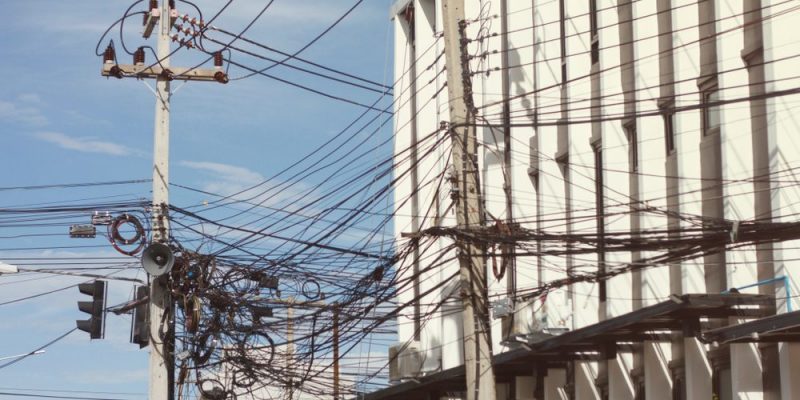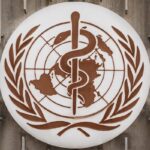We explain what visual pollution is, its causes and the different effects it produces. Also, its possible solutions and examples.

What is visual pollution?
Just as pollution is the presence in the environment of toxic substances or substances foreign to its physical and chemical cycles, we call visual pollution the presence of visual elements in a landscape that interrupt its aesthetics they violate your overall perception and hinder your perception of your surroundings.
visual pollution can occur in both rural and urban environments, given the presence of non-architectural elements such as signs, antennas, cables, poles, advertisements, trellises among other possible factors that generate visual overstimulation of an aggressive, invasive and usually simultaneous nature.
This type of irruptions generate a non-negligible environmental impact, since its impact on the quality of life in contaminated environments is notable and considerable.
In general, these are elements that contradict the aesthetic or panoramic trend of the landscape, introducing foreign visual content that disfigures or corrupts the environment.
Just like other forms of pollution, visual pollution requires regulations, laws and ordinances that keep it below the minimum limits of what is acceptable. Highly visually contaminated environments generate rejection and force people to flee quickly.
Causes of visual pollution

Visual pollution, like other forms of pollution, tends to be a consequence of human activity. Advertising, urban expansion, industrialization and agricultural life often leave visual traces of their existence, many of which are not designed to interfere as little as possible with the environment or are even designed to highlight it as much as possible.
All this stress that visual pollutants put on passersby, forcing them to pay attention or distracting them from what could be a friendly or peaceful environment ends up scaring people away or, if not possible, stressing them out and making them suffer.
Effects of visual pollution
The main effects of visual pollution on human beings point to increased stress, which significantly deteriorates their living, working or development conditions.
Stress can have an impact on people's cardiovascular health in their emotional or psychological health and even decrease their productivity margins by constantly distracting them.
On the other hand, visual pollution negatively impacts tourism and recreational activities, as it turns hostile environments that should be harmonious or peaceful, and this It also has economic and social consequences.
Solutions to visual pollution
Some possible solutions for environmental pollution are:
- Reduction and control of the amount of advertising or other advertising that is allowed in a specific area, urban or rural.
- Frequent removal of obsolete signs, posters and other advertisements, especially when they are large and brightly colored.
- Planning protected areas within cities, such as parks and other environments that allow visual and auditory rest.
- Visually program the urban and architectural development of the city, allowing the people to exercise oversight in this sense.
- Protection and promotion of trees in the city.
Examples of visual pollution

Some possible examples of visual pollution are:
- The excessive presence of electricity or telephone poles and wiring in important natural or tourist landscapes.
- The overcrowding of intra- or extra-urban expressways with advertising and large advertisements with lights, movement, colors.
- The placement of advertisements and messages on light poles, walls and trees during electoral campaigns, which after the elections are not removed and remain in place for months and even years.
- The abandonment of voluminous or tall unfinished buildings in cities.
Noise pollution
Just as there is visual pollution, there is also auditory pollution (also called pollution sonorous either acoustics): the presence of annoying or deafening noises in quiet environments or the excess of simultaneous sounds in a certain area.
This form of pollution produces stressful and overwhelming effects not only on human beings but in other forms of life, which in the long term can lead to specific physical or medical damage.
Increased stress, damage to the auditory system and even headaches and symptoms of disorientation or lightheadedness can occur in highly acoustically polluted environments.





